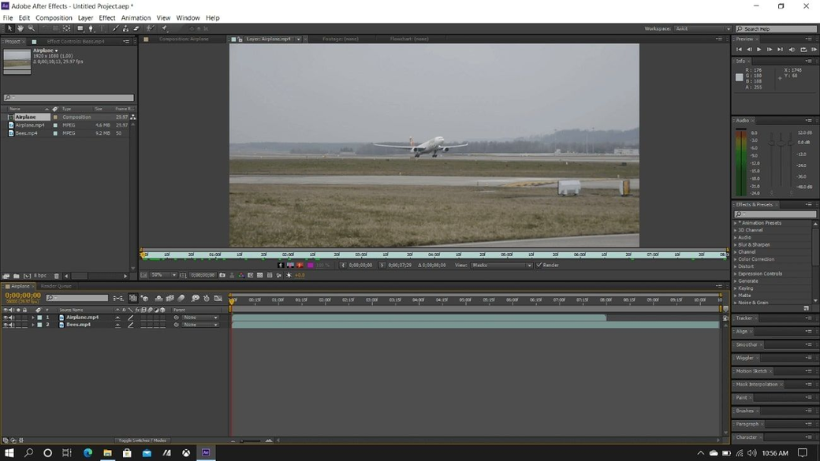In today’s fast-changing creative world, CGI software plays a huge role in movies, games, architecture, and design. In fact, CGI has moved far beyond being just a technical tool—it has become an art form that makes stories and ideas come alive. However, with so many options available in 2025, choosing the right CGI tool for your workflow can feel overwhelming.
That’s why, in this guide, we will compare some of the best CGI software. We’ll look at their features, strengths, and weaknesses so you can find the one that fits your needs and skill level.
What is CGI Software?
Simply put, CGI software is a digital toolkit that allows artists to create 2D or 3D visuals using computer algorithms. With these tools, you can model shapes, apply textures, add lighting, render images, and even animate scenes.
Moreover, modern CGI tools rely on physics simulations, ray tracing, and advanced rendering engines. As a result, they help you achieve photorealistic results that would be nearly impossible to film in real life.
Top CGI Software Options in 2025
Now that you know the basics, let’s explore the top CGI software available this year. Each has its own pros and cons, so it’s important to compare before making a decision.
1. Blender
Blender is one of the most popular free options. Not only is it open-source, but it also works on Windows, macOS, and Linux. Its Eevee rendering engine allows real-time previews, and the Python API supports customization.
Pros: Free, open-source, cross-platform.
Con: The interface can be tricky for beginners.
2. Autodesk Maya
Maya is an industry standard for film and gaming. Thanks to features like Bifrost simulations and Arnold renderer, it’s ideal for creating complex visual effects.
Pros: Advanced simulation tools, widely used in professional pipelines.
Con: Requires powerful hardware and comes at a high price.
3. Adobe After Effects
This software is best known for motion graphics and VFX. It integrates smoothly with other Adobe apps, making it a good choice for those already in the Creative Cloud ecosystem.
Pros: Huge library of presets and plugins.
Con: Can be slow with complex 3D projects.
4. Cinema 4D
Cinema 4D is famous for being beginner-friendly. Its MoGraph toolkit is great for motion graphics, while its GPU-based rendering speeds up workflows.
Pros: Easy to learn, strong integration with other Maxon tools.
Con: Some advanced features require plugins.
5. 3DS Max
Perfect for architecture and design, 3DS Max excels in polygon and procedural modeling. With Arnold rendering, you can achieve realistic results for large-scale projects.
Pros: Powerful modeling tools, supports complex environments.
Con: Works only on Windows.
6. ZBrush
If sculpting is your focus, ZBrush is unmatched. It allows artists to create highly detailed models and integrates easily with other 3D tools.
Pros: Excellent for digital sculpting, strong community support.
Con: Focused mainly on sculpting, not a complete workflow.
7. Rhino
Rhino is widely used in architecture and automotive design. With its NURBS-based modeling and Grasshopper plugin, it’s excellent for precision and parametric design.
Pros: Accurate modeling, supports over 40 file formats.
Con: Steep learning curve for beginners.
How to Choose the Right CGI Software
Now that we’ve compared the options, how do you pick the best cgi software for your workflow? Here are some tips:
- Identify your needs → Do you need it for animation, VFX, or architectural visualization?
- Match your skill level → Beginners may prefer Blender or Cinema 4D, while professionals might choose Maya or 3DS Max.
- Check the features → Look for rendering speed, simulation tools, and plugin support.
- Consider your budget → Some software is free, while others require expensive subscriptions.
- Think about compatibility → Make sure your hardware can handle it to avoid lag and crashes.
Pro Tip: Boost Your Rendering with a Render Farm
Even the best CGI software can struggle when rendering heavy projects. That’s where cloud rendering comes in. With a service like 3S Cloud Render Farm, you can:
- Speed up rendering with powerful CPU & GPU nodes.
- Save time by uploading and downloading projects through high-speed data transfer.
- Ensure security with strict protection and NDAs.
- Scale your projects easily without overloading your personal computer.
In other words, using a render farm helps you focus on creativity while leaving the heavy lifting to powerful cloud infrastructure.
Conclusion
To sum up, CGI software opens endless creative opportunities in 2025. Whether you are just starting with Blender, exploring motion graphics in Cinema 4D, or working professionally in Maya, the right tool can take your work to the next level.
However, choosing the best option depends on your needs, budget, and workflow. And remember—no matter which software you pick, pairing it with a reliable render farm like 3S Cloud Render Farm will help you achieve stunning results faster and more efficiently.






